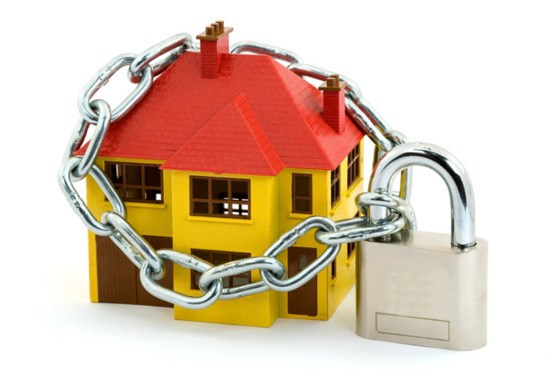In any kind of disaster that might damage or destroy your home, there are a few pieces of safety equipment you should have near your bed.
The reason to keep these near your bed is so you can have immediate access to them if the crisis hits in the middle of the night. You don’t want to have to hunt for these things in the dark when your world is coming unglued.
Ideally, you should be able to reach most of these items without having to leave the bed to grab them.
Here’s the list:
• Sturdy shoes. If you have reason to believe there might be broken glass or other debris on the floor, don’t put your feet down until they are inside sturdy shoes that can protect against nail penetration, etc. Injured feet will not only invite infection, but also disable you from being able to carry on with survival tasks.
• Leather gloves. If you need to claw your way out of a collapsed structure, these will protect your hands.
• A flashlight. You want to be able to reach and grab a flashlight, loaded with fully charged batteries. If it is a “head lamp” type, so much the better, because that leaves your hands free to do whatever is necessary to get yourself and your family to safety. An LED light draws less power than incandescent bulbs, so batteries last longer.
• A fire extinguisher. What if you awaken to discover that your house is in flames and the only extinguisher is in the kitchen and you can’t get to it? You’re toast — literally! Keep an extinguisher within reach so you can fight your way out of a burning room if necessary.
• A cell phone (fully charged). You might awaken to noises in your house that don’t belong there. Home invasion by burglars (or worse) might involve the cutting of your residential telephone lines, leaving you unable to call 9-1-1 for help. Even if it’s just your run of the mill disaster that has torn everything up, your landline might be dead but you might be able to use the cell phone.
• Protective outdoor clothing. If you must evacuate into a cold, rainy, windy night, you’ll appreciate being able to quickly grab a coat and long pants.
And extras
If you want to go the extra mile, consider adding these next two items:
• A hard hat. I know, sounds weird. But it’s actually not a bad idea to be able to protect your noggin when things start falling down. It doesn’t have to be an industrial-looking hat — a bicycle helmet will do nicely.
• Safety glasses or goggles. If you’re blinded by dust or flying debris getting in your eyes, you won’t be able to save yourself or anyone else. A lightweight pair of swim goggles will work and they don’t take up much space.
Hopefully, you never need to use these items in an emergency, but it’s better to have them and not need them than to need them and not have them.
Sequim resident Rich Johnson is a former Special Forces survival expert and author of several books, including “The Ultimate Survival Manual” and “Rich Johnson’s Guide To Wilderness Survival.” These and other books of his are available at Amazon.
Have a question for survival expert Richard Johnson? Send it his way at rhj@olypen.com and it may end up in the next “Guide to Staying Alive.”


